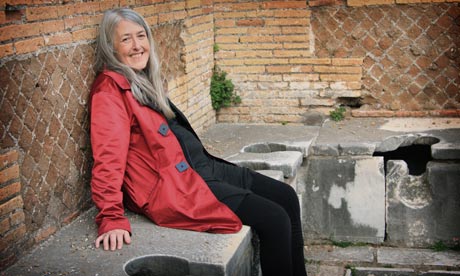ARCHAEOLOGISTS hope to uncover up to 1,000 years of Northampton’s
history when they investigate a building site on the west of the town.
A dig on the latest phase of the Upton development is planned to take place next month.
Early examinations of the nine- acre site have suggested there could be both Iron Age and Roman finds beneath the ground.
Steve
Parry, from Northamptonshire Archaeology, said: “The exciting thing
about this project is that it gives us the opportunity to look at quite
an extensive area.









